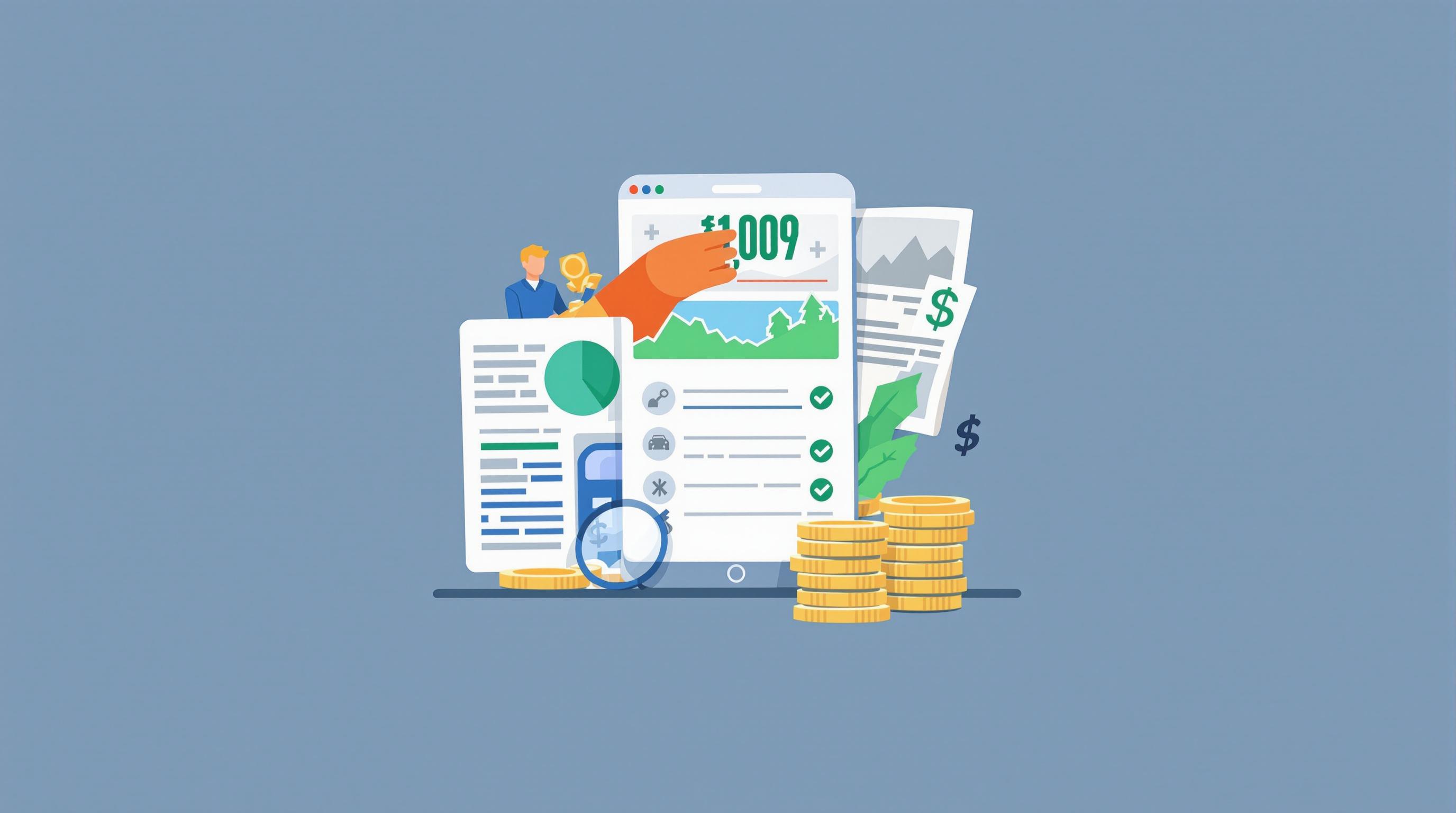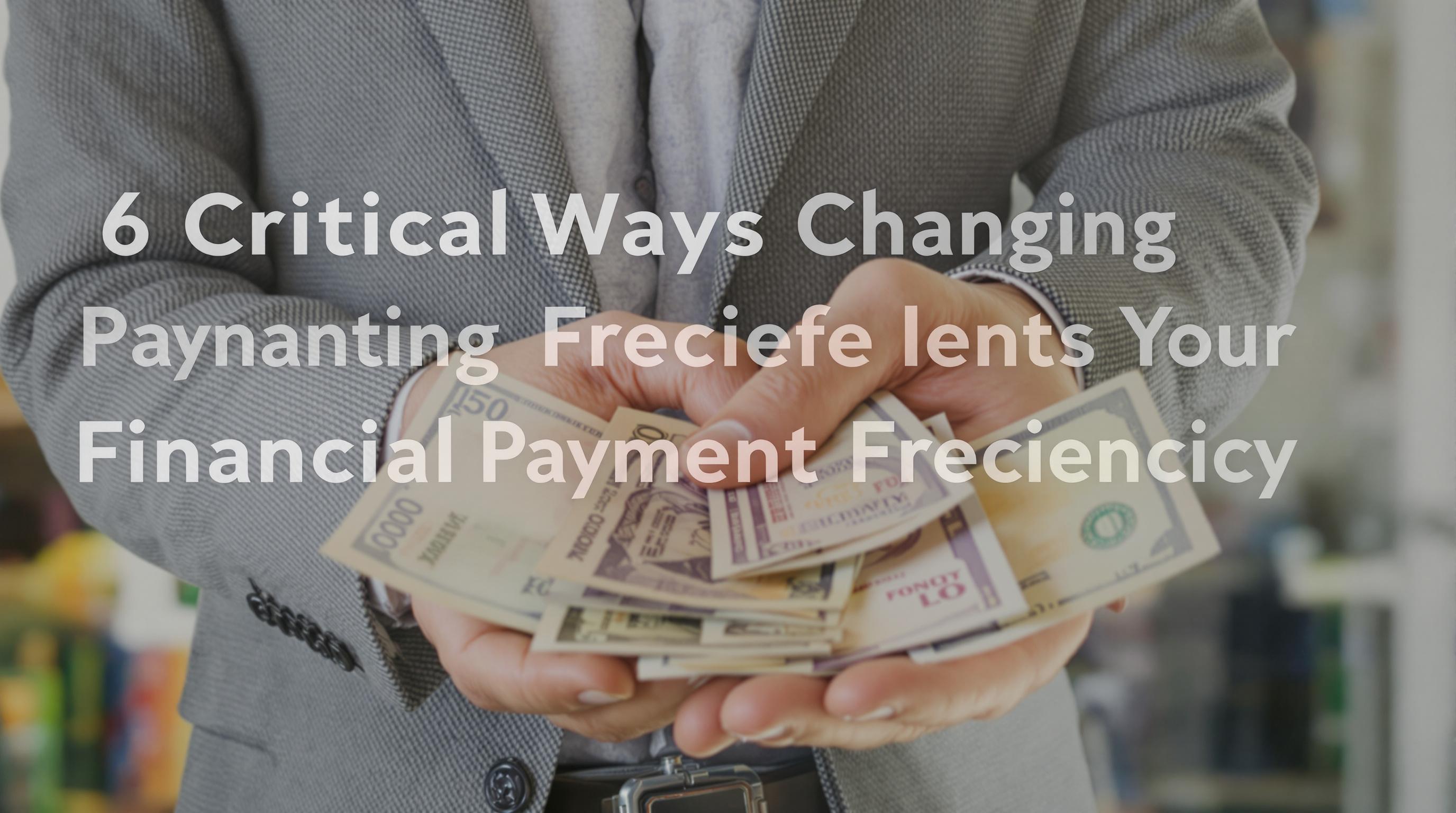Related Articles
- Top 7 Game-Changing Riders Released Since 2019 That Redefine How You Customize Your Life Insurance Coverage
- Top 5 Game-Changing Insurance Add-Ons from the Past Five Years Redefining Rider Benefits and Coverage
- The Silent Impact of Guaranteed Issue Insurance on Elderly Mental Health and Community Social Networks
- Top 6 Emerging Simplified Issue Policies Since 2019 That Redefine Risk and Flexibility for Modern Buyers
- How Changing Remittance Intervals Influence Insurer-Provider Partnerships in Healthcare Coordination
- How Seasonal Spending Cycles Secretly Shape Insurance Premium Timing and Consumer Choices
How Seasonal Spending Cycles Secretly Shape Insurance Premium Timing and Consumer Choices
How Seasonal Spending Cycles Secretly Shape Insurance Premium Timing and Consumer Choices
Seasonal spending cycles influence not just consumer habits but also the timing and structure of insurance premiums, creating a dynamic interplay that savvy buyers should understand. These patterns reveal how market forces and behavioral economics intersect to shape decisions about when and how we purchase insurance.
Let me take you back to last December, when my Aunt Clara, a spry 68-year-old, decided to switch her car insurance provider. At first glance, it seemed like a simple impulse, but as I later learned, Clara's timing was spot-on. She took advantage of year-end premium adjustments when insurers often offer discounts to close out their books. This little maneuver saved her nearly $200 annually.
The Seasonal Spending Cycle: More Than Just Holiday Shopping Frenzies
Most people associate seasonal spending cycles with retail—think Black Friday and back-to-school sales. But insurance companies are deeply attuned to these rhythms. Premium rates and promotional offers often fluctuate based on the season, adjusted to reflect risk patterns and business targets. For instance, warmer months can bring lower auto insurance premiums due to reduced accident claims, while colder months might incur hikes.
How Consumer Behavior Influences Premium Timing
What’s fascinating is how consumers' spending habits feed into premium pricing. The National Association of Insurance Commissioners (NAIC) reports that consumer inquiries and policy sign-ups peak in late summer and early fall, coinciding with back-to-school spending and end-of-year financial planning. Insurers exploit these moments by tailoring premium structures and incentives to capture heightened consumer willingness to spend.
Case Study: Flood Insurance in Hurricane Season
Take flood insurance, for example. Before the hurricane season peaks in the Gulf Coast, insurers tend to raise premiums or tighten underwriting criteria. This timing isn't accidental—it's a direct response to increased risk and anticipated high consumer demand. Homeowners bracing for storms often scramble to purchase coverage, which insurers watch closely, adjusting their offers accordingly.
Humorous sidebar: Ever notice how insurance agents become extra friendly just as storms approach? They aren’t suddenly your new best friend—they’re expertly navigating seasonal spending cycles to meet their quotas!
Breaking Down the Numbers: When Do We Buy Insurance?
Recent studies from the Insurance Research Council show that about 28% of auto insurance policies renew between August and October. This aligns with consumers evaluating their finances post-summer vacations and preparing for end-of-year expenses. This strategic window allows insurers to offer competitive premiums, causing a surge in new policies.
Similarly, life insurance purchases spike in January, as many people set New Year’s financial resolutions. This pattern underlines how personal budgeting cycles intersect with insurance market strategies.
Persuasive Insight: Why Understanding Timing Can Save You Money
Consider this your financial superpower. Knowing when insurers adjust premiums can help you time your insurance purchases for best value. For example, waiting to renew auto insurance until the late summer when premiums dip could translate to significant savings beyond mere chance. Conversely, locking in health insurance early in the year ensures better rates before mid-year policy shifts.
Formal analysis: Risk Assessment and Premium Adjustment
From an actuarial standpoint, insurance companies integrate seasonal risk assessments into their premium models. Claims data historically exhibit seasonality, with more vehicular accidents in winter due to icy conditions and higher health claims during flu season. These data points are meticulously analyzed to time premium changes and product offerings, balancing risk and market competitiveness.
Storytelling Corner: A Teen’s Perspective on Insurance Timing
As a college student studying English Literature, I once asked my 19-year-old cousin why she hadn’t renewed her renter’s insurance yet. She shrugged: "I always wait until after Christmas. That’s when I usually have some extra cash." Her casual approach to insurance timing mirrors broader consumer patterns shaped by income cycles and discretionary spending alignment.
The younger demographic often views insurance as a necessary chore rather than an immediate priority, making their purchasing behavior more sensitive to available funds, which fluctuate seasonally.
Insurance Premium Strategies: How Companies Capitalize on Consumer Psychology
Insurance marketing budgets are timed to coincide with known spending patterns. For instance, companies ramp up advertising campaigns just before major holidays or tax seasons, when people are more financially engaged. These campaigns aren’t just coincidence—they're finely tuned to trigger purchase decisions when consumers are most receptive.
Additionally, insurers bundle promotions around seasonal life events such as graduations, weddings, and birthdays, times when consumers are more inclined to reconsider their coverage needs, further illustrating the subtle interplay between personal milestones and spending cycles.
Conversational anecdote:
"Ever wonder why you get more insurance emails around the start of school or tax season? It’s no accident. Companies know you're tuned into your wallet then," my friend joked while sifting through his inbox.
The Environmental Angle: How Seasonal Events Affect Claims and Premiums
Beyond spending habits, natural cycles impact insurance risk profiles. For example, wildfire seasons in California lead to hikes in homeowners insurance premiums just as residents juggle post-summer budgets. These environmental factors force insurers to recalibrate pricing dynamically, often catching consumers off guard.
Statistical Snapshot: Seasonal Claims Patterns
According to the Insurance Information Institute, claims frequency for auto insurance increases by about 20% during winter months due to hazardous road conditions. Similarly, health insurance claims spike by roughly 15% in flu season, influencing policy costs and highlighting the interdependence of environmental and seasonal financial patterns.
Casual note:
So, next time you grumble about that premium hike right after a snowstorm, remember, Mother Nature has a say in your bank account too!
Practical Tips: Timing Your Insurance Purchases Wisely
1. Track renewal dates closely to align purchases with seasonal dips in premiums.
2. Use annual events like tax season or New Year's resolutions to review and adjust policies.
3. Monitor environmental risk trends in your area to anticipate premium changes.
4. Consider bundling coverages during promotional periods linked to life milestones or seasonal sales.
By adopting these strategies, consumers across all age groups—from teens budgeting their first insurance payments to retirees managing fixed incomes—can gain control over their insurance costs.
Final thought
Seasonal spending cycles influence insurance in ways many don’t realize, blending economics, psychology, and risk into an intricate web. The more consumers understand these hidden rhythms, the better equipped they are to navigate the insurance landscape with confidence and savings in hand.




